How is CBD oil made?
Estimated reading time: 8 minutes
Introduction
CBD oil, a remarkable product from the Cannabis sativa plant, has gained immense popularity for its potential therapeutic benefits. The journey of CBD oil from plant to product is intricate, involving several meticulous steps. Understanding this process is key to appreciating the quality and efficacy of CBD oil. Luckily for us, the only scientifical words for making CBD oil have 3 wonderfully simple abbreviations: CBD, THC, and CO2 extraction. This article is explaining the process in layman's terms.
Making CBD oil
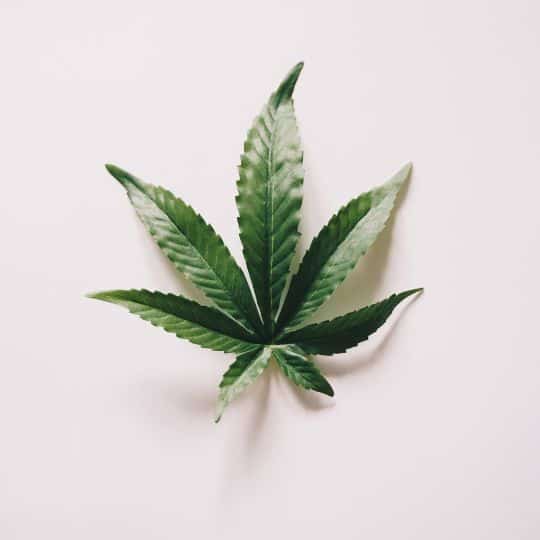
The Source: High-Quality Hemp Plants
The first step in creating premium CBD oil begins with the cultivation of hemp plants. Hemp, a variety of the Cannabis sativa plant, is specifically chosen for its high CBD and low THC (tetrahydrocannabinol) content. The quality of the hemp directly influences the quality of the CBD oil. Therefore, growers focus on cultivating hemp in ideal conditions, ensuring it is free from harmful pesticides and contaminants.
Harvesting and Drying
Once the hemp reaches maturity, it is harvested. This timing is crucial as it determines the cannabinoid profile of the plant. Post-harvest, the plants are carefully dried in controlled conditions to prevent mold and degradation of the delicate compounds.
Extraction Process: Unveiling the Essence
The core of CBD oil production is the extraction process. There are several methods used, but the most efficient and safe method is CO2 extraction. This process uses pressurized carbon dioxide to extract CBD and other beneficial cannabinoids from the hemp. CO2 extraction is environmentally friendly and ensures a potent and pure extract without the use of harmful solvents.
Winterization and Decarboxylation
Following extraction, the CBD oil undergoes winterization, a process of removing fats and waxes to achieve a cleaner oil. Decarboxylation is another crucial step, where the oil is gently heated to activate the cannabinoids, transforming CBDa (cannabidiolic acid) into the more potent CBD.
Distillation: Purity in Focus
Distillation follows, where the CBD oil is refined to increase its purity and potency. This involves heating and cooling the oil to separate and remove any residual solvents, chlorophyll, and other impurities.
CBD oil concentration
The best way to make CBD concentrate (paste) is by CO2 extraction. It produces a cleaner, purer, tastier, safer, and overall truly higher-quality cannabis concentrate in a natural way. CO2 extraction is increasingly being used as a cheap, recyclable, and environmentally safe industrial solvent for creating high-quality:
- Coffee
- Vanilla
- Tea
- Fruit and nut extracts
- Fruit and nut aromas
- Omega-3 oils
- Fragrances
- Perfumes
- Tobacco extractions for e-cigarettes
- Hop-oil extraction for beer
- Oil extractions from algae (as an alternative energy source)
- Cannabis oil
The Real CBD – method of making CBD oil
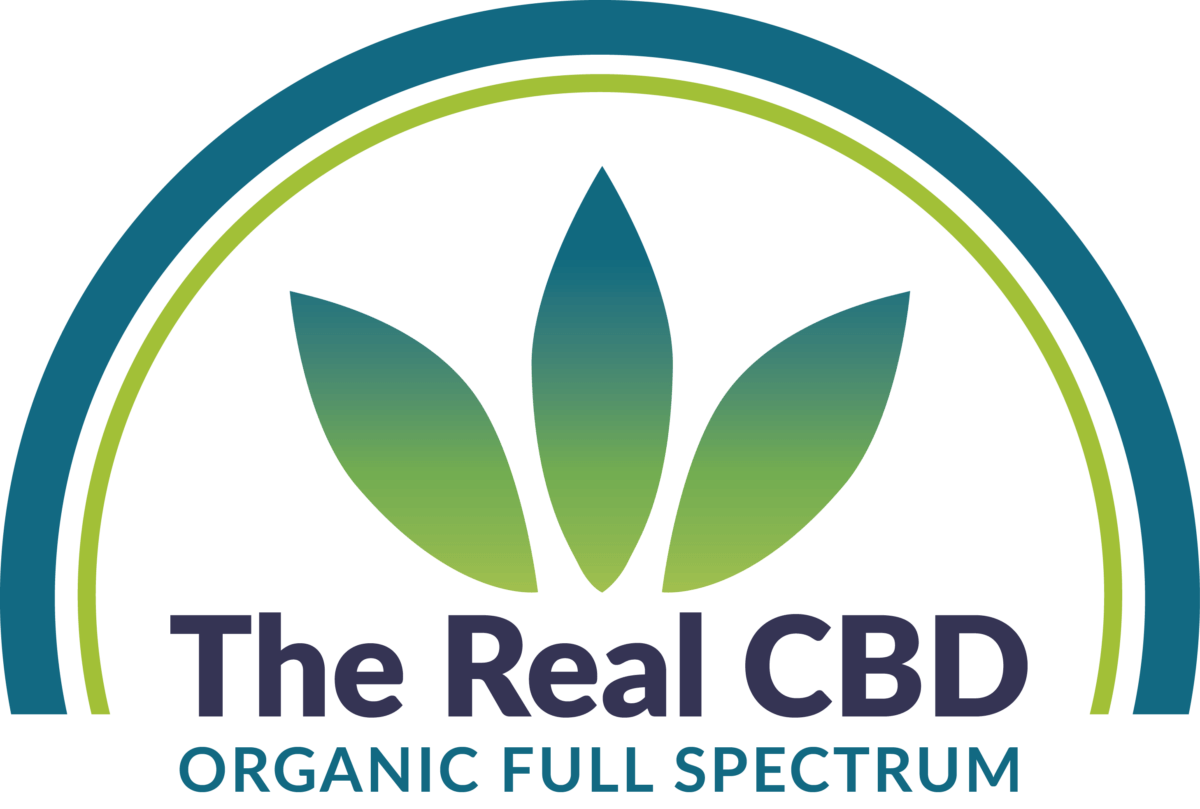
Carbon Dioxide (CO2) extraction is the latest technology in distilling oils at low temperatures. The method involves the use of carbon dioxide as the ‘solvent'. It carries the oil away from the raw plant material. The lower-pressure CO2 extraction involves chilling carbon dioxide to between 35 and 55 degrees F. Once the carbon dioxide is cooled, it is pushed through an extraction tube containing the plant matter. Which leaves behind only the cannabinoids, terpenes, and trichomes. When this mixture is warmed, the CO2 evaporates, leaving behind pure cannabis oil/paste.
From paste to CBD oil
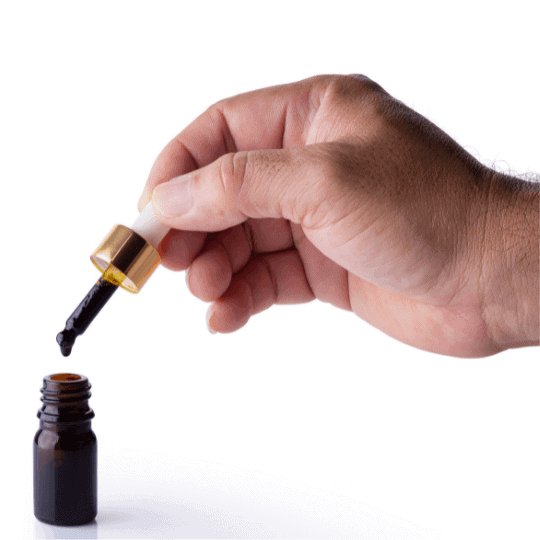
The cannabis paste is then diluted accordingly with either hemp oil, olive oil or coconut oil. In order to make the right % in the end product.
CO2 extraction is groundbreaking for the future because the process gives concentrate makers the ability to isolate, capture and scientifically understand not just THC and CBD, but the more elusive cannabinoids like cannabichromene (CBC) and cannabicitran (CBT). In other words, CO2 extraction is the key to understanding the hidden medical benefits of the other, less prevalent cannabinoids and how they work together, a process known as the entourage effect.
For example, the terpene pinene helps counteract cognition malfunction and memory loss caused by THC. A combination of Pinene, Myrcene, and Caryophyllene (all terpenes in cannabis) helps stave off anxiety. If you extract only THC or only CBD, you miss out on all the other beneficial cannabinoids that can be found in the whole plant.
More about CBD from our other blogs
How to make your own CBD oil
Perhaps you're curious about the process or simply want to know what goes into making this popular wellness product. Let's explore the steps involved in creating CBD oil from scratch, including the equipment you'll need and some common FAQs.
Why make CBD oil at home?

There are several reasons why you might choose to make your own CBD oil at home. For one, it can be more cost-effective than buying pre-made products. Additionally, making your own oil allows you to control the quality and purity of the final product.
Equipment you'll need
Before you get started, you'll need a few key pieces of equipment. These include:
- Cannabis plant material (typically hemp, which is low in THC)
- A grinder or food processor
- A glass jar or bowl
- Cheesecloth or a coffee filter
- A carrier oil (such as coconut or olive oil)
- A double boiler or slow cooker
- A thermometer
- A dropper or syringe for measuring
More from our blog:
Step-by-step process – How is CBD oil made at home?
Now that you have your equipment ready, let's walk through the process of making CBD oil.
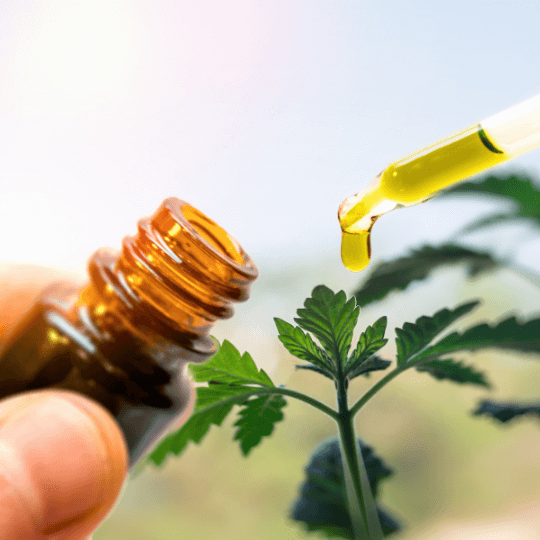
Step 1: Decarboxylate the plant material
Decarboxylation is the process of heating the plant material to activate CBD and other compounds. To do this, preheat your oven to 115°C. Spread the plant material out on a baking sheet and bake for 30-40 minutes, stirring occasionally.
Step 2: Grind the plant material
Once the plant material has cooled, use a grinder or food processor to grind it into small pieces.
Step 3: Combine with a carrier oil
In a glass jar or bowl, combine the ground plant material with your carrier oil of choice. The ratio of plant material to oil will depend on the strength of the desired final product. A common ratio is one ounce (28 grams) of plant material to one cup (240 ml) of oil.
Step 4: Infuse the oil
To infuse the oil with CBD, you'll need to heat the mixture using a double boiler or slow cooker. To preserve the quality of the CBD, make sure to keep the temperature below 200°F (93°C). You'll want to heat the mixture for a few hours, giving it a stir now and then, until it reaches the strength you're looking for. Keep an eye on the heat – it's key to get it just right!
Step 5: Strain the mixture
After your oil is nicely infused, you'll want to strain it. Use cheesecloth or a coffee filter to catch any leftover bits of plant material. This step helps to ensure your oil is smooth and pure, just the way it should be!
Step 6: Store and use
Transfer the CBD oil to a dropper or syringe for easy measuring and storage. Keep it in a cool, dark place to maintain its potency.
Frequently asked questions
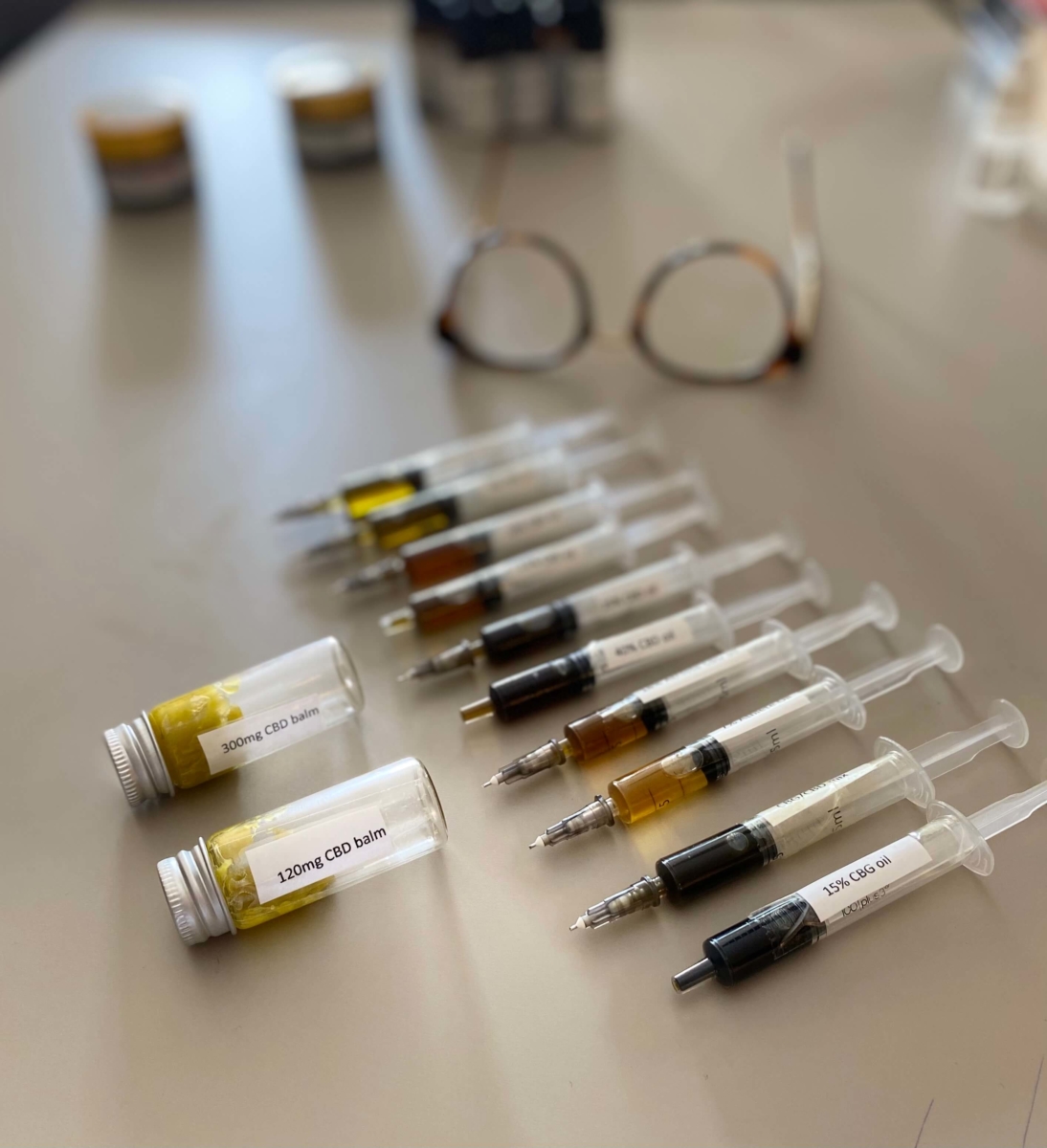
Here are some common questions and answers related to making CBD oil at home:
1. Is it legal to make CBD oil at home?
In most cases, yes. However, it's important to check your local laws and regulations before getting started.
2. Can I use any type of cannabis plant material?
No, you should use hemp plant material that is low in THC.
3. How much oil should I use?
The amount of oil you use will depend on the strength
4. Can I use any type of carrier oil?
Yes, you can use any type of carrier oil, such as coconut or olive oil.
5. How long does it take to make CBD oil?
The process can take several hours, depending on the desired strength of the final product.
6. How do I know if my CBD oil is high-quality?
Seek a product that third-party testers have verified for purity and potency. Also, think about the hemp source for the oil and check if it's organically grown.
Conclusion – How is CBD oil made?
Making CBD oil at home can be a fun and rewarding process, and it allows you to control the quality and purity of the final product. With the right equipment and some patience, you can create a high-quality oil that's perfect for promoting relaxation and reducing anxiety.
If you're curious and want to explore the benefits, why not give it a try and see what happens? Alternatively, you can pick up some of The Real CBD's lab-tested, CO2 extracted CBD oil from our webshop. It's all about finding what works best for you
The Real CBD oil online in Europe
-
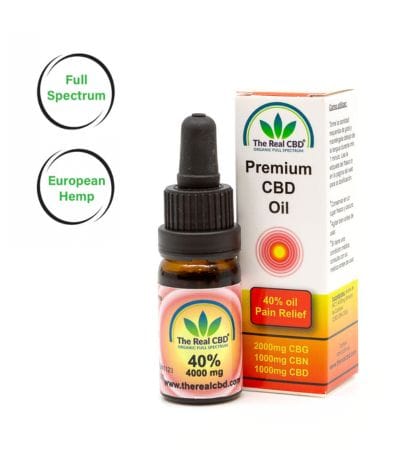 40% Pain Relief oil€179.00
40% Pain Relief oil€179.00 -
Product on sale
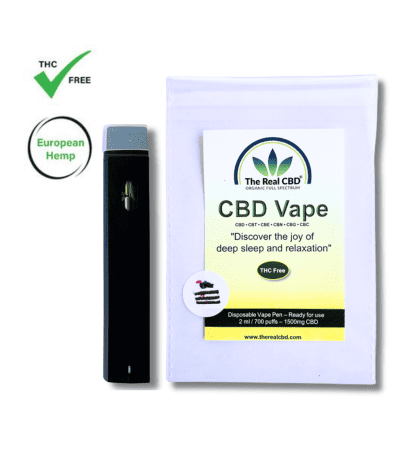 CBD Vape – Broad Spectrum€30.00 – €45.00
CBD Vape – Broad Spectrum€30.00 – €45.00 -
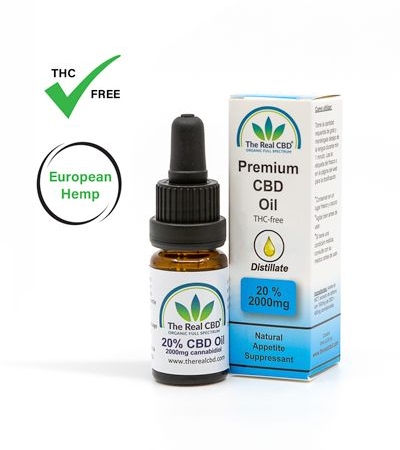 20% CBD oil – Distillate€92.00
20% CBD oil – Distillate€92.00 -
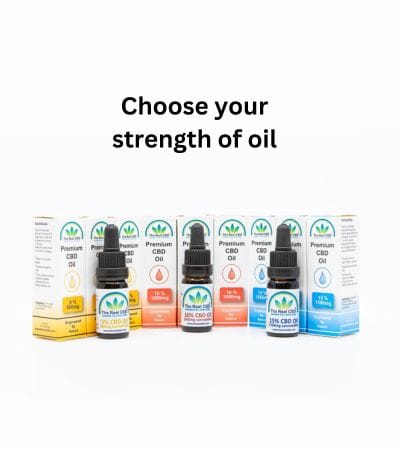 CBD 3 for 2 pack€58.00 – €170.00
CBD 3 for 2 pack€58.00 – €170.00 -
Product on sale
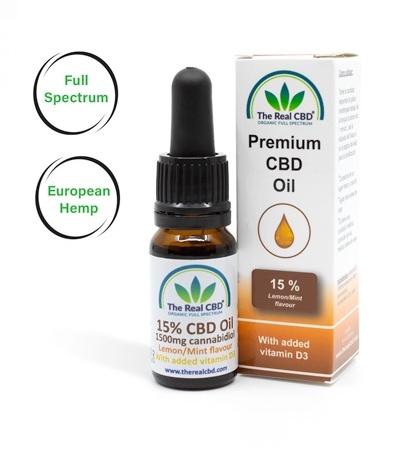 15% CBD oil with Vitamin D3Original price was: €85.00.€75.50Current price is: €75.50.
15% CBD oil with Vitamin D3Original price was: €85.00.€75.50Current price is: €75.50. -
Product on sale
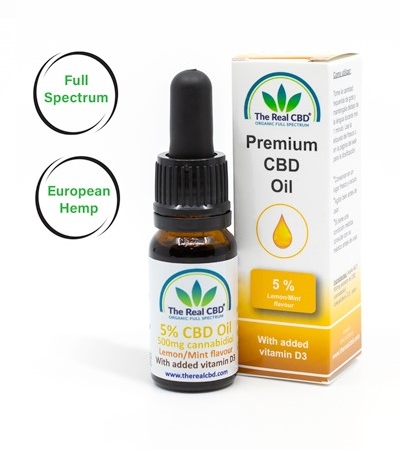 5% CBD oil with Vitamin D3Original price was: €29.00.€24.00Current price is: €24.00.
5% CBD oil with Vitamin D3Original price was: €29.00.€24.00Current price is: €24.00. -
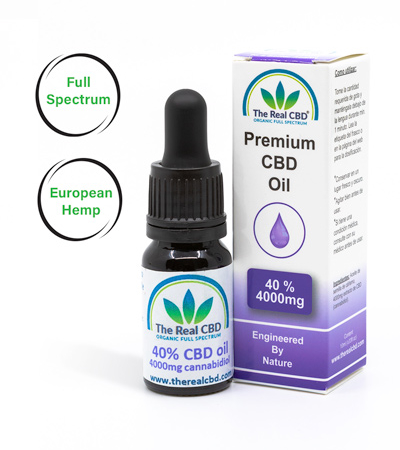 40% Raw CBD Oil€189.00
40% Raw CBD Oil€189.00 -
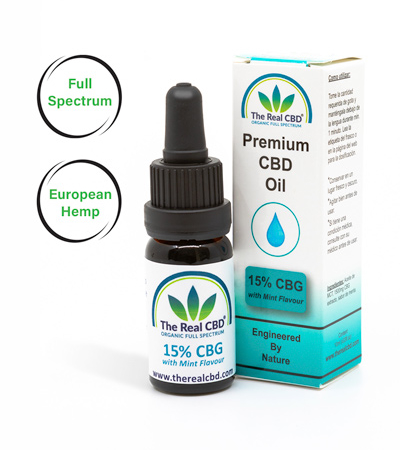 15% CBG Oil with mint taste€119.00
15% CBG Oil with mint taste€119.00 -
Product on sale
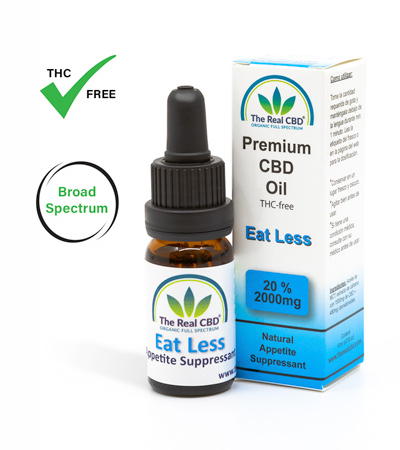 Eat Less – Natural Appetite SuppressantOriginal price was: €85.00.€55.90Current price is: €55.90.
Eat Less – Natural Appetite SuppressantOriginal price was: €85.00.€55.90Current price is: €55.90. -
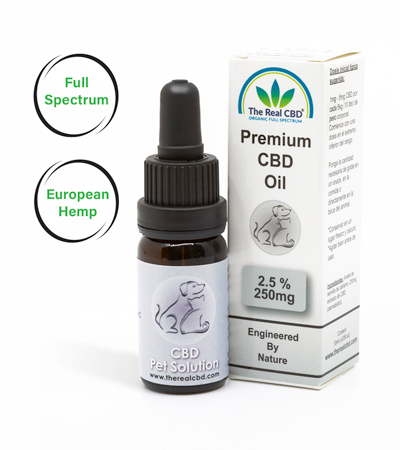 2.5% CBD oil for Pets€15.00
2.5% CBD oil for Pets€15.00 -
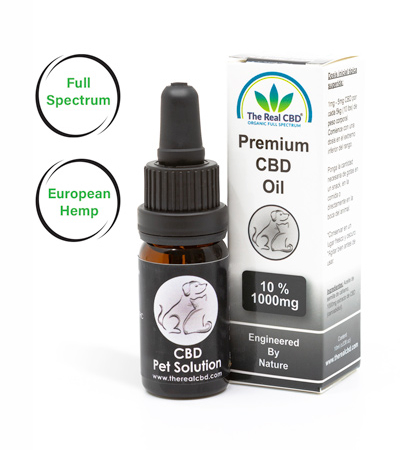 10% CBD oil for Pets€55.00
10% CBD oil for Pets€55.00 -
Product on sale
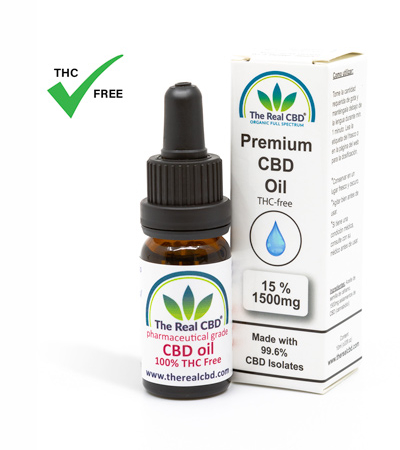 15% CBD oil – THC FreeOriginal price was: €80.00.€67.50Current price is: €67.50.
15% CBD oil – THC FreeOriginal price was: €80.00.€67.50Current price is: €67.50.

I am a certified expert in Medicinal Cannabis. We are all about giving correct and trustworthy information. We know how important it is to learn about CBD and cannabis, which is why we want to be your go-to source for trustworthy information. We help you improve your health by using our knowledge and experience as a starting point.
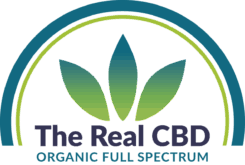
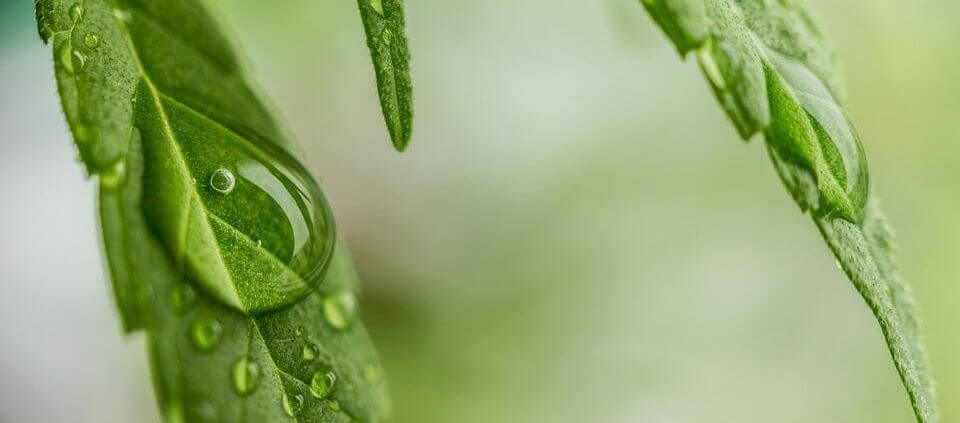
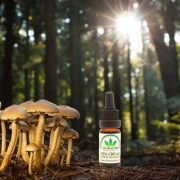


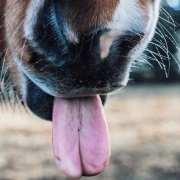


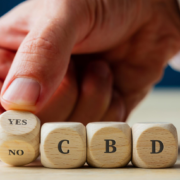





Leave a Reply
Want to join the discussion?Feel free to contribute!